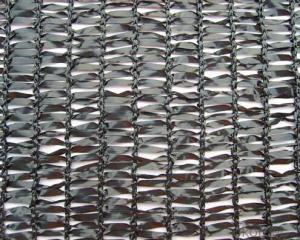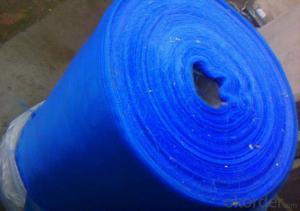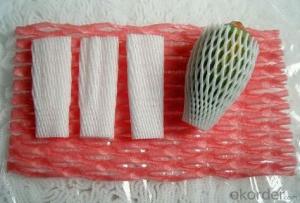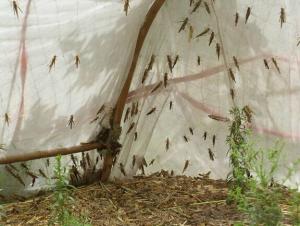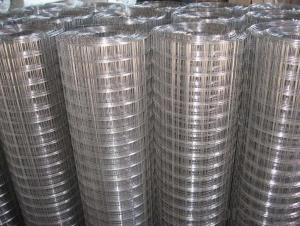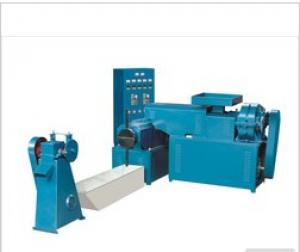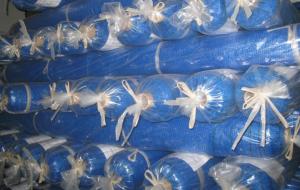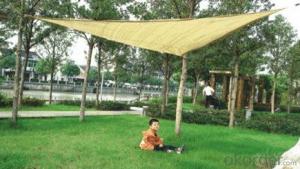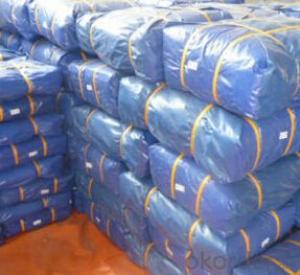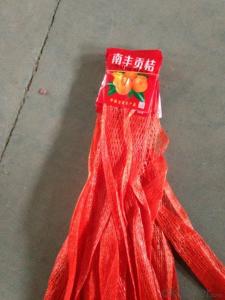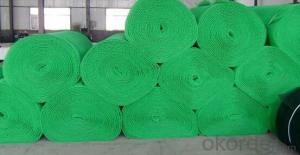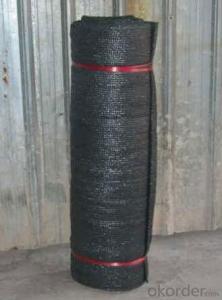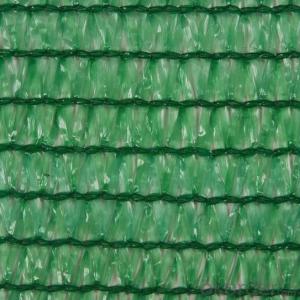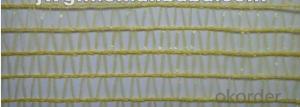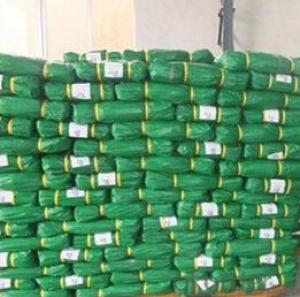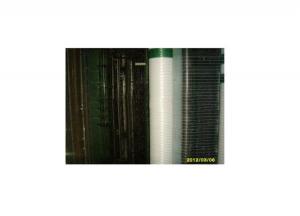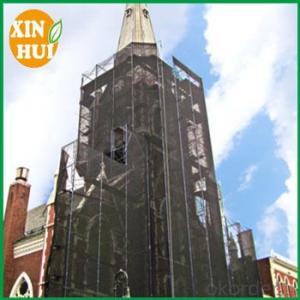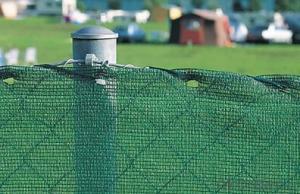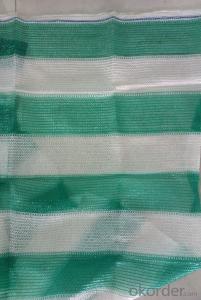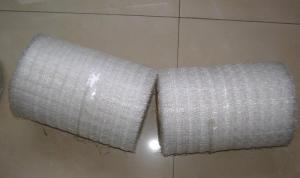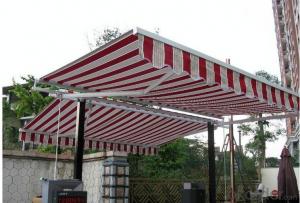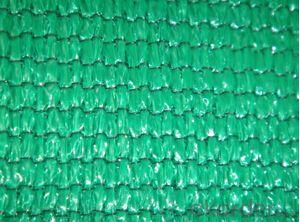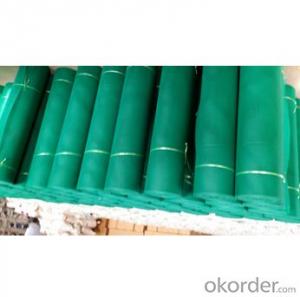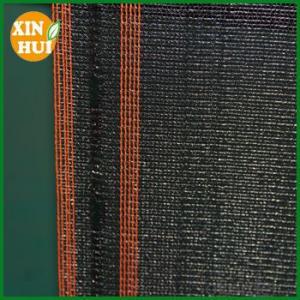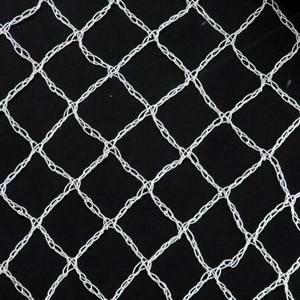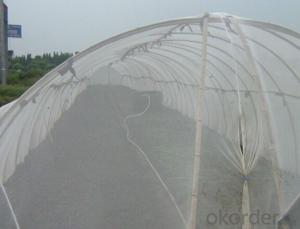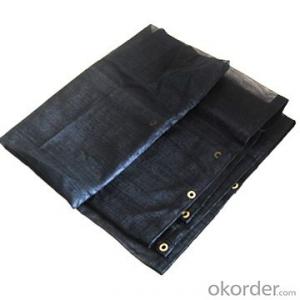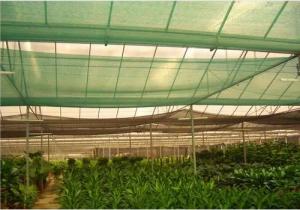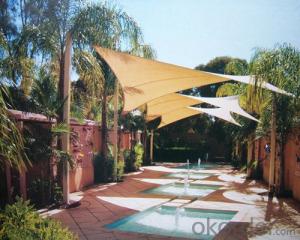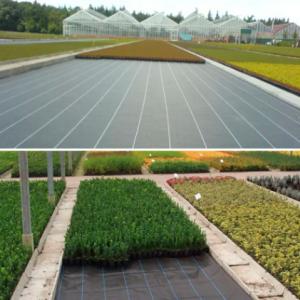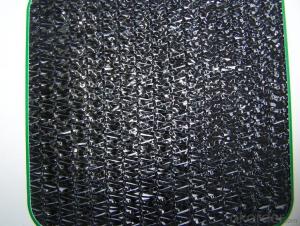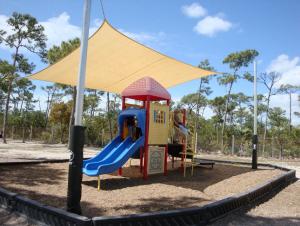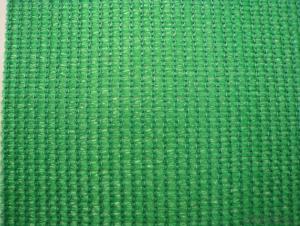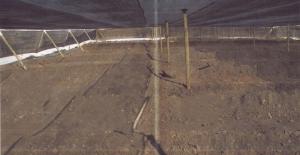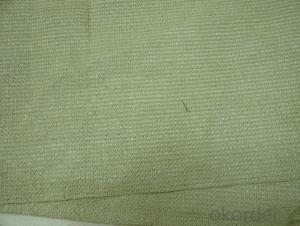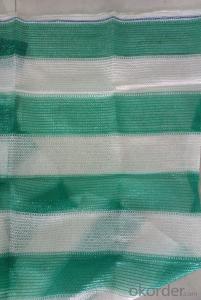Rigid Plastic Netting
Rigid Plastic Netting Related Searches
Clear Plastic Netting Plastic Safety Netting Green Plastic Netting Plastic Wire Netting Garden Plastic Netting Plastic Netting Uk Plastic Netting Nz Protective Netting Black Plastic Garden Netting Plastic Deer Netting Plastic Netting For Gardens Flexible Netting Plastic Garden Netting Uk Scaffold Netting Plastic Garden Netting Fencing Barrier Fence Netting Poly Tube Netting Corrigated Plastic Roofing Clear Rigid Plastic Tubing Small Diameter Rigid Plastic Tubing Protective Plastic Sheeting Stiff Plastic Mesh Wavy Plastic Roofing Large Rolls Of Plastic Sheeting Garden Screen Netting Garden Plastic Sheeting Vexar Netting Heavy Duty Plastic Mesh Fencing Large Plastic Panels Retractable Volleyball NetRigid Plastic Netting Supplier & Manufacturer from China
Rigid Plastic Netting is a versatile and durable product made from high-quality plastic materials, designed to provide strength and stability in various applications. It is characterized by its rigid structure, which allows it to maintain its shape and resist deformation under pressure. This type of netting is commonly used in construction, agriculture, and sports facilities, among other industries, where its robustness and resistance to wear and tear are highly valued.Rigid Plastic Netting is widely employed in scenarios where a strong and stable barrier is required. In construction, it can be used for scaffolding, debris protection, and as a safety net to prevent falls. In agriculture, it serves as a protective cover for crops, helping to shield them from harsh weather conditions and pests. Additionally, it is utilized in sports facilities to create barriers and enclosures, ensuring the safety of both athletes and spectators. Its versatility makes it a popular choice for a multitude of applications where a reliable and sturdy netting solution is needed.
Okorder.com is a reputable wholesale supplier of Rigid Plastic Netting, boasting a large inventory that caters to the diverse needs of clients across different industries. With a commitment to quality and customer satisfaction, Okorder.com ensures that the Rigid Plastic Netting they provide meets the highest standards of durability and performance. Their extensive stock allows them to cater to both small and large orders, making them a go-to source for businesses and individuals seeking a reliable supplier of this essential product.
Hot Products
